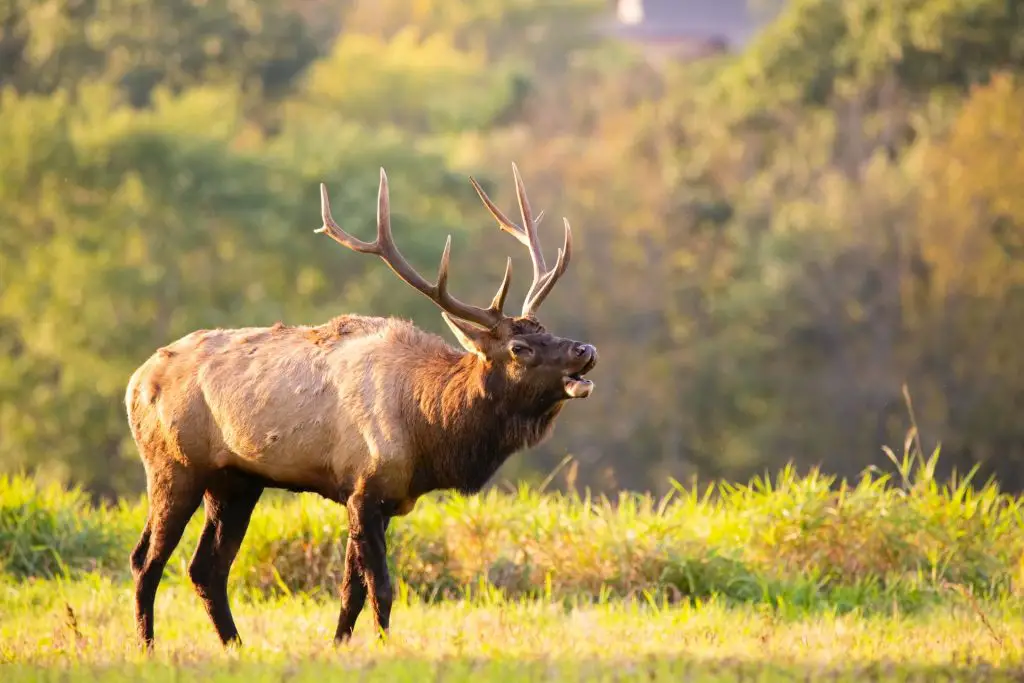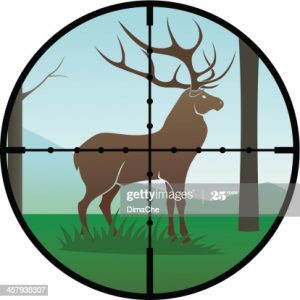One of the biggest game animals hunted today is the elk. Elk hunting involves different hunting strategies that involve trailing and spotting the elk. This hunting strategy might seem very difficult for most newbie elk hunters, especially if you don’t possess the necessary knowledge, skills, and tricks to hunt an elk.
Therefore, if you want to save yourself from the pains that come with hunting an elk, we advise you to read through this guide now.
What You Need to Know for Hunting Elk?
Elk are naturally nomadic, frequently migrating across various landscapes in response to hunting pressure and climatic changes. Their remarkable speed enables them to traverse vast distances. Not only are they swift, but they are also exceptionally resilient creatures, capable of scaling steep inclines in mere moments. Moreover, elks have the ability to endure injury from an inaccurately aimed arrow or bullet, and sometimes even from a precisely targeted shot.
Engaging in elk hunting demands a level of physical exertion similar to that endured by these animals. Ready for the challenge? You’ll find your legs and lungs tested by the relentless undulations of the terrain, a constant interplay of ascending and descending slopes. Many hunters describe this pursuit as a continuous cycle of ‘up the hill, down the hill.’ Being in top physical condition is definitely advantageous for elk hunting. Possessing these qualities may ultimately lead to the rewarding experience of a successful hunt by day’s end.
Why are ELK so difficult to hunt on public lands?
As stated earlier, hunting elk can be difficult, especially if you are hunting on public lands. This is because you don’t know where to hunt, and there are lots of other hunters hunting with you. To make your kill in this kind of scenario, you should take advantage of other hunters, weather, and the terrain.
However, a sense of satisfaction is achieved if you can kill an elk on public grounds. Most of the time, you will have to penetrate deep into the forests and climb mountains to spot your elk and make the kill. However, if you are hunting on private land.
This is very easy because there is limited access to the land and hence limited hunting pressure. This is why planning your hunting is very important. When you plan your hunting, you should also decide when to go hunting, whether in the breeding season or general firearms season.
Furthermore, you need to know how to spot and trail the elk in those particular seasons.
You may also like
| What are Doomsday Preps for “Sheltering in Place”? |
| Recipe: How to Dry and Smoke Meat in the Wild: 4 Primitive Preservation Methods |
| How to Survive a Nuclear Attack? |
How to Spot and Trail the Elk?

Vocal Animal
Elk is an extremely vocal animal. So you will need to know some calling strategies when hunting an elk.
There is the rut season where the elks talk all year round. This season typically falls between September and mid-October. This is the elk’s breeding season. This season is particularly important to bowhunters because the archery season in most Western states coincides with the rut season plus the calling strategies seem effective.
How to become an Elk Caller?
To become an elk caller, you need to understand their language. This is done by just listening to the elk themselves and practicing the necessary skills to imitate them through game calls. Elks bugle for different reasons depending on the situation they find themselves in. As a hunter, you should mimic the bugle of an elk to locate distant animals, and this can be done by using reed-type calls onto the end of a tube or by blowing diaphragm calls into a tube.
After making the sound, if there is any available elk, it will return a response, and you will be able to pinpoint its direction.
Why should you not use bugles?
After doing this, you tend to move towards the elk (trailing) and then make your next move according to the situation that might arise when you get there. You could also use the bugle to challenge the elk to draw him closer. Due to the overuse of bugles by hunters, elks tend to repel rather than move closer to you.
Depending on the situation, a soft bugle might make the bull elk jealous because he might think of another elk joining the herd. If this happens, instead of the elk moving away, it tends to come closer to your position. When you have spotted the elk well, you can now attempt a kill.
How to use cows to your advantage?
Also, cows are found in the groups of elks. So you could use the sound of cows to your advantage. Cows use a wide array of sounds to communicate with herd members. These sounds range from short chirps of contentment, a half-second long, ee-oh, to medium–length locating mews, one second long, eeee-oh, to the elongated, excited whines, one to two seconds long call.
Therefore as a caller trying to spot and call the elk out, you could end the cow sound with oh, ah, or eh. These sounds can be done using external reed calls or diaphragm mouth calls. These are the sounds the elk wants to hear, and therefore it comes right into your hands
Calling Sequence
There are times that the elk can go silent. When you bugle, and there was no response by the elk, the best you can do is cover more grounds. As you cover more grounds, you call as you search for animals. Once you get a response from the bull, it might be independent of your calling, then you need to know how far away the elk is and its direction.
For all we know, it could be traveling. You can listen to its subsequent bugles, or you could make him make more noise using the type of call that got him to bugle in the first place. If you are lucky and make more noise, you have to quickly and quietly close in on the elk.
You don’t want to spook the elk, so you need to be close enough to the elk and make your attempt to kill it. Furthermore, you could also maintain a downwind position until you finally have the chance to make your kill.
There is also a possibility that the elk charges against you. As a hunter, you should know the likely routes that the elk will use in getting to you; then, you can get your shooting lanes ready. You should do this before you make your call.
Learn about weapons, survival, and more by clicking HERE.
Conclusion
Hunting elk comes with a lot of frustration; you can make several attempts without making a kill. But not to discourage you, knowing the necessary skills and tricks to spot and trail an elk can be the turning point of your hunting.
We recommend you don’t be lax about your strategy and always stay ready, focused, and have a clear head to kill the monster when it finally comes.
Thanks for reading!
Get more insights on survival on our website.


